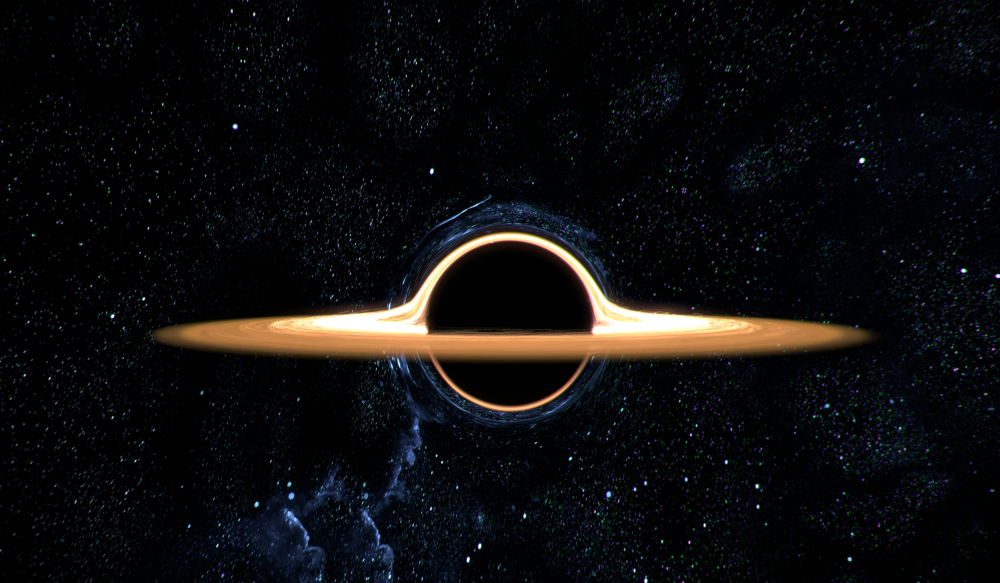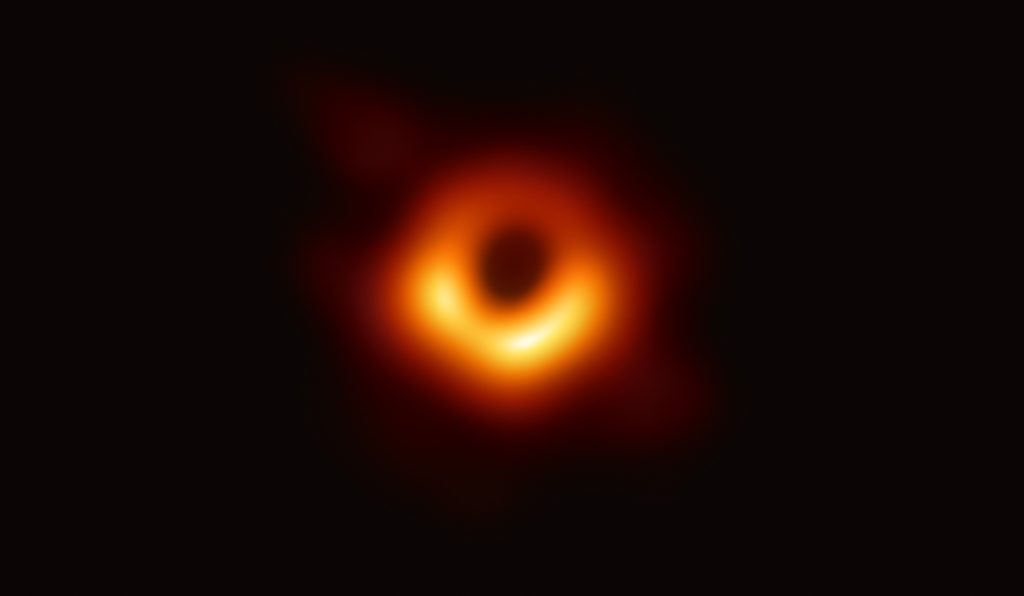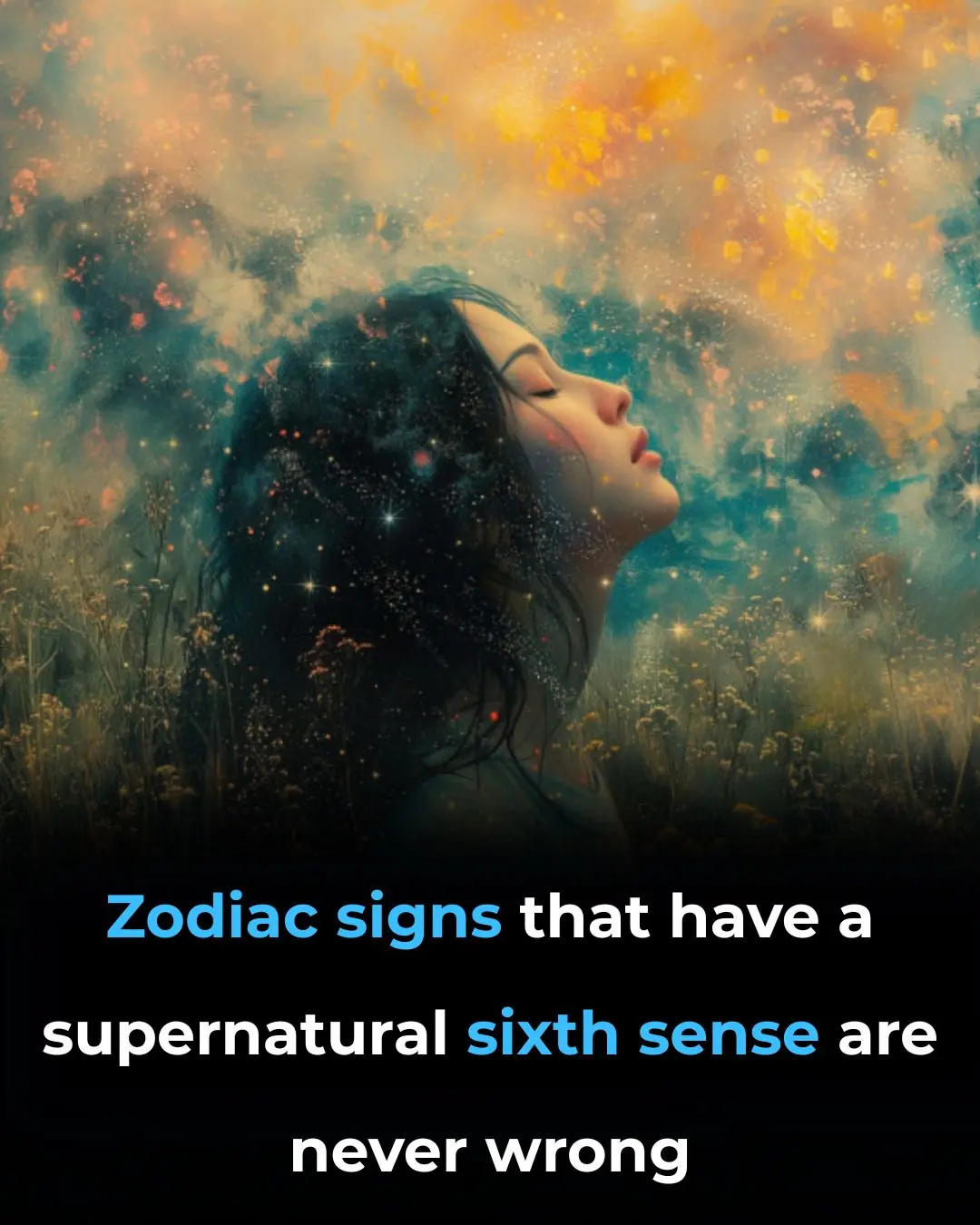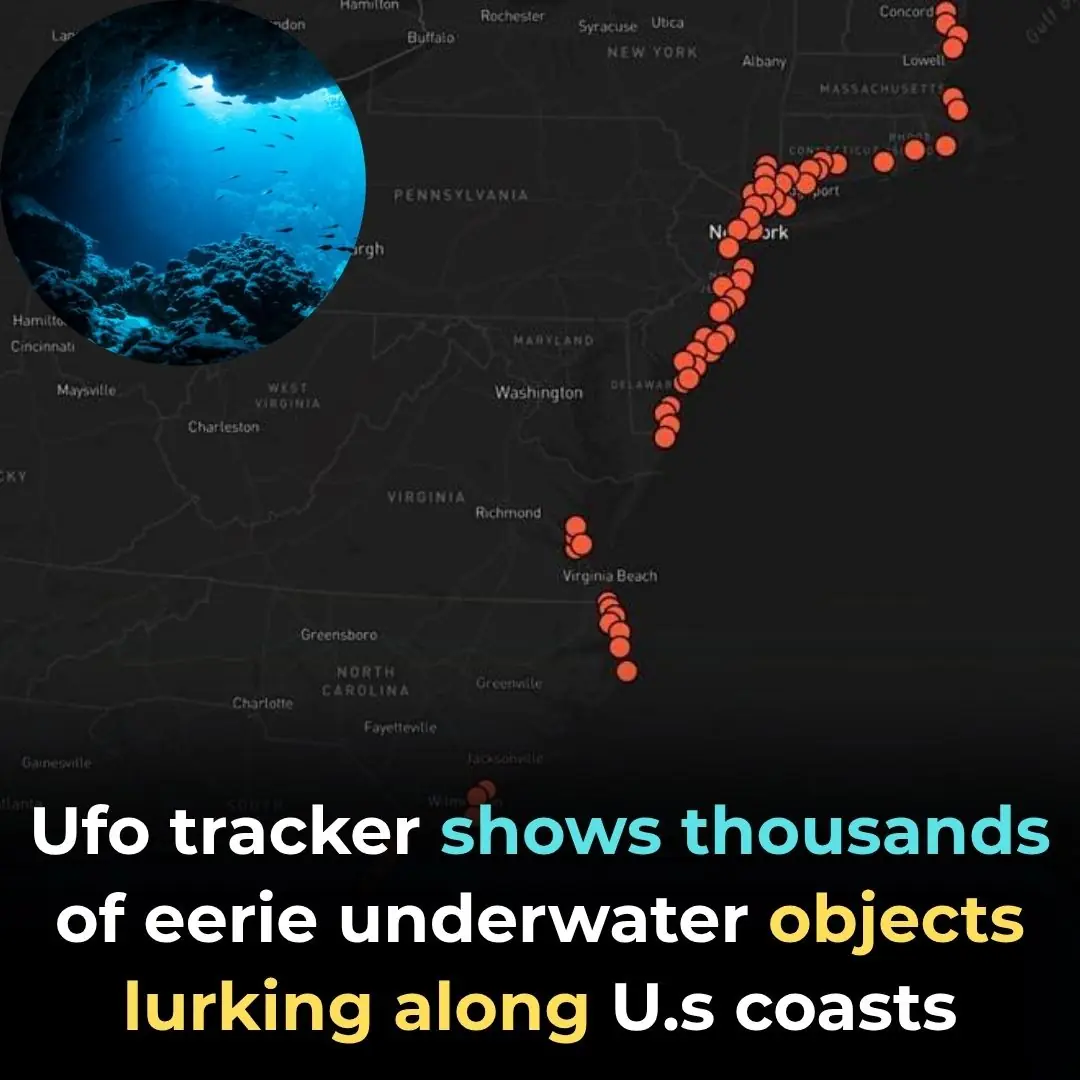
Scientists Claim Black Hole Could Explode in the Next 10 Years—with 90% Certainty

Black Hole on the Brink: Scientists Predict a Real Explosion Within the Decade
If you thought black holes were already mysterious enough, things just got even stranger. For the first time in history, scientists are predicting that within the next decade, there is a 90% chance we will witness an actual black hole explosion — a phenomenon once considered purely theoretical. It sounds like science fiction, yet experts insist the universe may soon give us front-row seats to one of the most powerful and spectacular events ever conceived.
What makes this moment so remarkable is the union of cutting-edge physics and raw cosmic drama. For decades, black holes were treated as silent predators of the universe — devouring matter, light, and information with unrelenting gravity. Now, we may be on the verge of seeing one meet its ultimate fate in a blinding outburst of energy. This is not merely another deep-space headline; it’s the potential confirmation of an idea first envisioned by Stephen Hawking, one that could redefine our understanding of time, matter, and the very structure of the cosmos. Imagine the fireworks of billions of years of cosmic history compressed into a single, breathtaking instant — that’s what astronomers are now preparing to capture.
What Exactly Is a Black Hole Explosion?
Most of us imagine black holes as bottomless pits in space where not even light can escape. But in the 1970s, Stephen Hawking revolutionized that picture. He proposed that black holes are not truly eternal — that they slowly “evaporate” over time by releasing faint energy known today as Hawking radiation.
This insight changed everything. Hawking suggested that black holes are not completely black, but rather glow faintly as they lose mass, atom by atom, over incomprehensibly long timescales. For enormous supermassive black holes, this process would take far longer than the current age of the universe. But for tiny, primordial black holes — relics believed to have formed in the chaotic moments after the Big Bang — the slow evaporation may now be reaching its final act.
When such a black hole approaches its critical threshold, it doesn’t just fade away. Theoretically, it should unleash a cataclysmic burst of energy, an explosion so bright it could outshine every star in its galaxy for a brief moment. Some physicists suggest this terminal event could release high-energy particles that reveal clues about dark matter, quantum gravity, and even the unification of fundamental forces.
Though predicted for decades, no one has ever seen such an explosion. That’s what makes the new research so thrilling. If astronomers detect one, it would not only validate Hawking’s famous theory but also open a window into some of the deepest questions ever asked in physics.
Why Scientists Believe It’s Likely Within 10 Years
According to recent studies published in Physical Review Letters, astronomers estimate there’s a 90% probability of detecting such an explosion by the mid-2030s. How can they be so confident?
Part of the answer lies in cosmic timing. The early universe may have produced countless small black holes — the so-called primordial black holes — which have been shrinking for billions of years. If they exist, many would now be reaching their final moments. Statistically, the odds suggest that somewhere within our observable universe, one is about to go off.
Technology is also on humanity’s side. A generation ago, even the brightest cosmic events could have passed unseen. But today’s observatories — including the upcoming Vera Rubin Observatory and state-of-the-art gamma-ray detectors — are incredibly sensitive. They can scan the entire sky nightly, detecting flashes that last less than a second. With global telescope networks now operating in sync, a single cosmic explosion could be recorded simultaneously in multiple wavelengths — from gamma rays to radio signals — giving an unprecedented multi-angle view.
Finally, mathematical models now combine cosmic demographics, radiation physics, and probability theory to refine predictions. As simulations grow more precise, they point to a narrow time window in which such an event becomes statistically inevitable. In short, everything — from our instruments to our equations — suggests we’re standing at the threshold of one of astronomy’s most historic discoveries.
What Would a Black Hole Explosion Look Like?
If one of these black holes does explode, it would appear as a brilliant, fleeting burst of high-energy radiation, outshining almost everything else in the sky. The first signal would likely be an intense gamma-ray flash, one of the most energetic forms of light, followed by an afterglow spreading across X-ray, optical, and radio wavelengths.
Astronomers describe it as a cosmic firework show on an unimaginable scale. Space observatories would instantly detect the spike, automated systems would alert researchers around the globe, and within seconds telescopes on Earth and in orbit would swivel to lock onto the source. Data would flood in, helping scientists decode the dying black hole’s final signature.
And despite the violent beauty of this event, Earth would be perfectly safe. These explosions occur at immense distances, far beyond any potential harm. To us, they would be an awe-inspiring spectacle — a momentary flare of creation and destruction illuminating the vast darkness.
Why This Matters for Physics
Catching a black hole explosion would be far more than a scientific curiosity; it would be a revolution in modern physics. Confirming Hawking radiation would finally bridge the worlds of quantum mechanics and general relativity, two theories that have long resisted unification. It would prove that information and energy do leak from black holes — a concept once dismissed as impossible.
Beyond proving Hawking right (or wrong), such an event would serve as a natural particle accelerator unlike anything on Earth. The explosion’s extreme energies could help researchers study matter under conditions beyond the reach of any laboratory, shedding light on how space, time, and information behave at the smallest possible scales. It might even offer clues about whether the universe has deeper dimensions or hidden symmetries we’ve only begun to imagine.
If multiple explosions are observed across the sky, the implications would be staggering. That would confirm the existence of primordial black holes — long theorized but never verified — and could even help explain dark matter, the invisible substance that makes up most of the universe’s mass.
Countdown to Cosmic Fireworks
Waiting ten years for a cosmic explosion might sound like a long shot, but in astronomical terms, that’s the blink of an eye. Around the world, research teams are already preparing for the event of a lifetime — calibrating instruments, building automated detection networks, and coordinating data-sharing systems so that when the first flash appears, no moment will be lost.
For the rest of us, it’s a reminder that we live in a universe still very much alive, still capable of astonishing surprises. Somewhere in the depths of space, a dying black hole may already be trembling on the edge of detonation — its final act ready to light up the cosmos and confirm one of humanity’s most profound theories.
When that moment comes, it won’t just belong to science. It will be a shared spectacle for all of humanity — a glimpse into the raw power and mystery of existence, and a humbling reminder that even the darkest corners of the universe can still shine.
News in the same category


Zodiac Signs Most Likely to Have Prophetic Dreams

What Your Pile of Dirty Dishes Might Really Be Saying About You

9 Signs Your Partner Is Trying To Get Closer To You That You Might Not Realize

When a cat rubs against you, this is what it means

WHAT HAPPENS WHEN WE TONGUE KISS…See more

What makes a man leave his wife for another woman

How to Hold and Handle an Urn with Ashes: 3 Things You Should Always Remember

Can You Spot The Problem With This Picture

9,000 Mysterious Underwater Objects Detected Along US Coastlines Spark Navy Alarm

Ladies, when a man doesn’t appreciate you, DO THIS ...

Investigator Finds Dog Tied Up Under Scorching Sun, Marked with Leopard-Like Spots

Ghost the Giant Pacific Octopus Captures Hearts in Her Final Moments

How China is Reshaping Online Influence Through New Rules

5 Extremely Harmful Cooking Oil Habits That Slowly Poison Your Body

How often should you shower

Choose a Nail to Discover What Kind of Woman You Are

Never Do These 15 Things for a Man (Even If You’re Madly in Love With Him)

Adam Sandler Sends Heartfelt Flowers to Jennifer Aniston EVERY Year On a Specific Day and Here’s Why
News Post

Why drinking your sugar is more harmful for diabetes than eating it, study finds

You are doing it all wrong. Here’s the right way to store leftovers

When a cat rubs against you, this is what it means

Zodiac Signs Most Likely to Have Prophetic Dreams

Ivy and Vinegar: A Safe and Natural Spray to Keep Pests Off Your Garden

Garlic, Honey, and Cloves – a powerful natural remedy packed with health benefits

Vinegar is the key to streak-free windows and shiny surfaces, but most use it wrong. Here's the right way to use it

Haven't heard that before

You are doing it all wrong. Here’s the right way to store leftovers

10 genius tricks to revive your garden patio

You are doing it all wrong. Here’s the right way to wash towels

They look so harmless

How to Remove a Fish Bone from Your Throat 🐟😮

You’re doing it all wrong. Here’s the right way to store knives

You’re doing it all wrong. Here’s the right way to unclog your drain

Detroit Man Went From Quitting His Job To Buying A Building For His Car Detailing Business After It Went Viral On TikTok

Thyme Essential Oil Shows Signs of Killing Lung, Oral and Ovarian Cancer

A Boy, A Bullet, and the Friend Who Saved Him

How to cleanse your kidneys using this natural, home made drink
